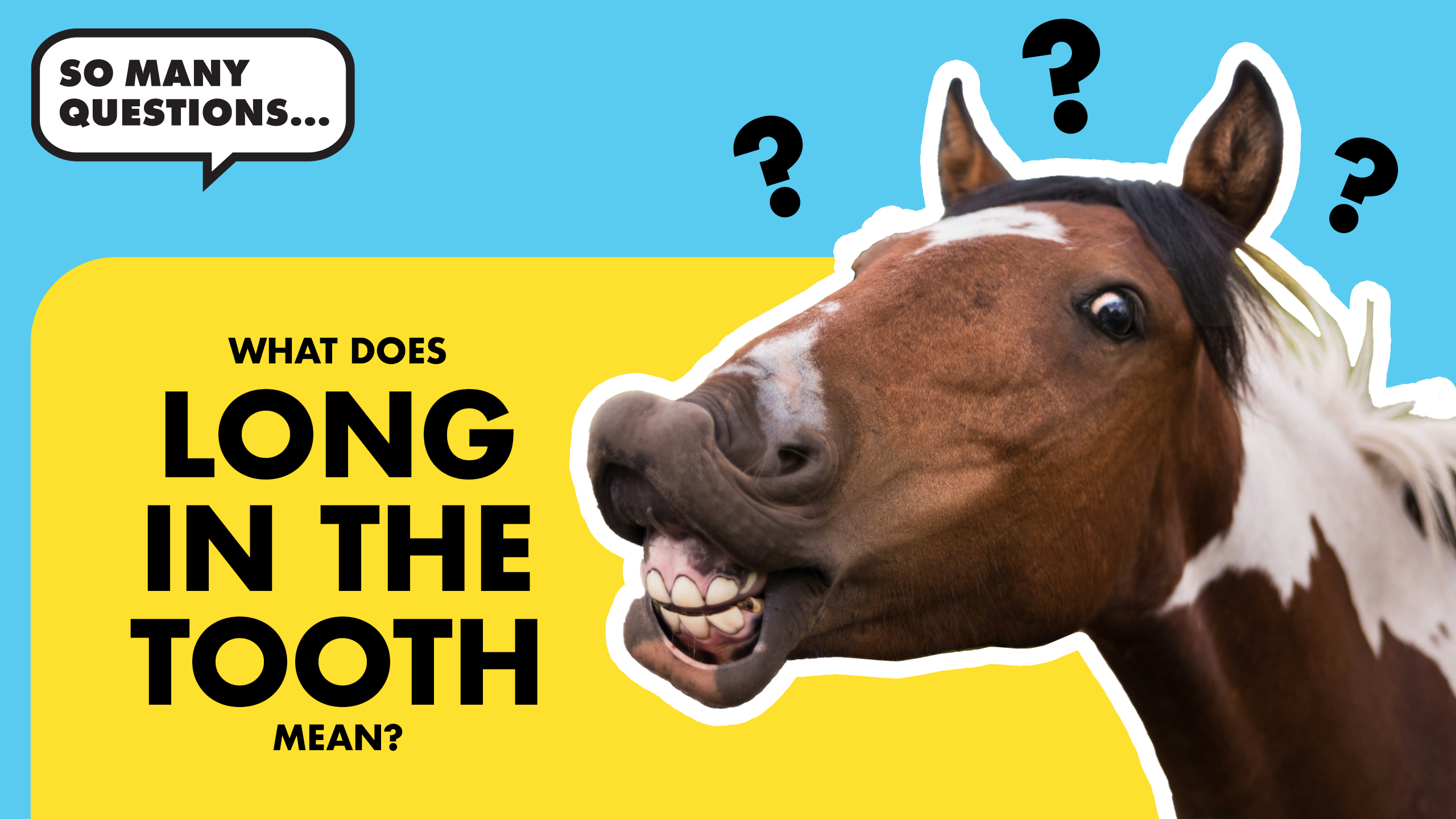Why do we clink glasses when we toast?
Sep 2, 2025
available on:
Transcript:
I have a question…
Why do we clink glasses when we toast?
Clinking glasses has been a tradition that I’ve experienced my entire life, starting with clinking glasses around my grandparents’ dinner table, to experiencing the Czech tradition of clinking beer mugs, touching them to the table and saying, “Na zdraví” which means “to your health”. Clinking glasses is woven throughout our cultural experiences, and I wanted to know where it came from. Here’s what I found. You’ve probably heard the story that people used to clean glasses to spill a little liquid into each other’s drink.
The idea is that if one cup was poisoned, both people shared the risk. This story makes for a great scene in a movie, but there isn’t a lot of historical evidence to back it up. So where did clinking really come from? Long before clinking, people were already toasting. In ancient ceremonies, wine was offered to the gods. Blessings said aloud, cups raised together. The ritual was about community, gratitude.
and asking for good fortune. No clink, just words and shared cups. Clinking shows up later, when glassware becomes common at the table. Glassware, as we would recognize it, came to prominence in the 15th and 16th centuries. Renaissance Venetian glassware was celebrated for its thin musical qualities.
English crystal became prominent in the late 17th century, and glassware at the table became an everyday staple in the 19th century, when factories began pressing glasses by the thousand.
A common theory is about how you experience your drink with your senses. You can see what you’re drinking, touch the glass, smell the libation, taste it when you drink it, and a clink of the glass completes the list of senses by providing a sound to complete your sensory journey. Since the Renaissance, people have admired the musical ring of a well-made glass. Clinking glasses created a small concert to mark the occasion.
However, every host did not want to start a rock concert. Some preferred a modest touching of the glasses, while others welcomed a more lively clink. If you wanted to protect your fine perhaps a nod of the head and a raise of your glass would suffice. Whether the gathering was casual or formal, subdued or raucous, the practice of raising and clinking glasses has always been the same.
It’s a shared experience uniting all who are gathered and partaking.
We’ve learned that the clink is not a medieval poison check. It is a tiny sound that acknowledges our shared space and experience. Something that I always was taught is when you clink glasses with someone, you always look them in the eye. Letting that person know, I see you. We are marking this moment together.
It ties today’s gatherings to the ancient tradition of raising a glass together.
How do you toast where you live? Do you clink? Do you tap the table? Or just raise a glass in the air? Please tell me in the comments. And if you’re curious about stories about this and all manner of things, please subscribe to this channel and check out the full So Many Questions podcast. Cheers.

